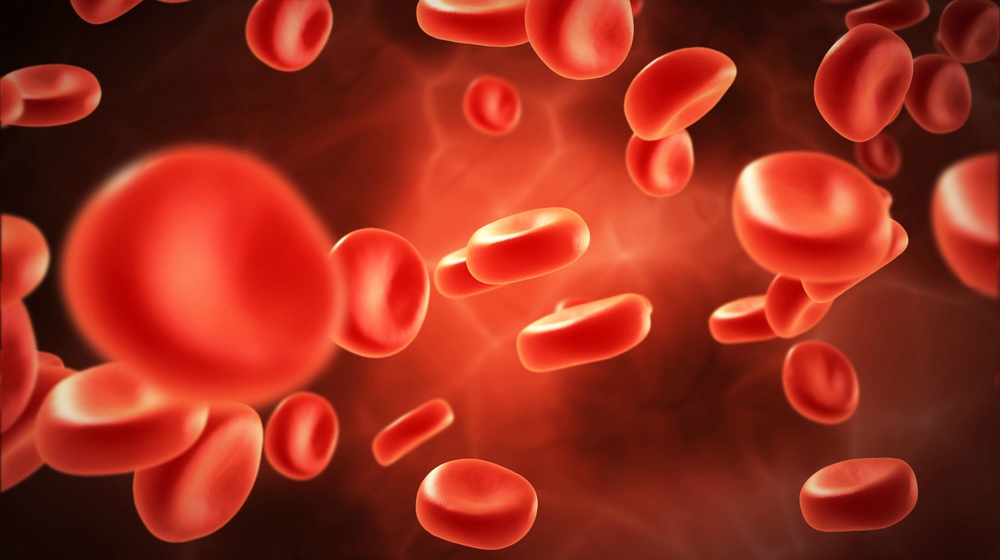Traditionally, hemophilia treatment has leveraged injections of a clotting factor or plasma. Learn more about how stem cells may hold promise for treating hemophilia using a cellular approach.
In this article:
- What Is Hemophilia?
- What Are the Causes of Hemophilia?
- Is Hemophilia Life-Threatening?
- How Does Embryonic Stem Cell Transplant Work with Hemophilia Treatment?
- Do Bone Marrow Stem Cells Contribute to Hemophilia Treatment?
The Future of Stem Cells in Hemophilia Treatment
Could stem cells represent a potential treatment approach for hemophilia? The answer isn’t clear, but the evidence is slowly accumulating.
What Is Hemophilia?
Hemophilia is a rare genetic bleeding disorder in which a person has low levels of proteins and clotting factors, leading to improper blood clot function. When this happens, excessive bleeding is expected. Clotting factors have 13 types, and they work with the platelets for the blood clot process in the body.
What Are the Causes of Hemophilia?
In most cases, hemophilia is inherited and usually occurs in men. The condition is passed from the mother to her son through a single gene from the mother’s DNA. Many women with a defective gene are only carriers of hemophilia and do not experience symptoms. But, some may experience bleeding signs if there’s a decrease in the clotting factors.
For hemophilia cases that are not due to genetic predisposition, it is often a spontaneous mutation that occurred in a single gene associated with hemophilia. Some people may also acquire hemophilia due to a concurrent illness or condition. It only occurs when the immune system attacks the blood’s clotting factors. This can be associated with the following:
- multiple sclerosis
- cancer
- autoimmune diseases
- pregnancy
Is Hemophilia Life-Threatening?
Those who have hemophilia bleed quickly, and bleeding takes longer before it clots. Although this condition is rare, it can be life-threatening. Hemophilia A is the most common type (other types are B and C) that involves a deficiency in clotting factor VIII.
How Does Embryonic Stem Cell Transplant Work with Hemophilia Treatment?
Embryonic stem cells may have the potential to treat people with hemophilia A, as they have the ability to secrete the blood clotting factor VIII. These stem cells propose the perfect solution to the deficiency of the said clotting factor. This was shown in a study of mice transplanted with embryonic stem cells (ESCs).
Because the liver is the major source of factor VIII synthesis, a liver transplant can be effective for those with hemophilia A. But, the scarcity of donor organs can be detrimental. This is where stem cells come in. Sinusoidal endothelial cells in the liver are the ones producing factor VIII. This suggests that using stem cells that can differentiate into endothelial cells can be a great solution for hemophilia. But, this still needs further investigation.
Do Bone Marrow Stem Cells Contribute to Hemophilia Treatment?
Stem cells from bone marrow also promise to provide therapeutic aid for hemophilia A patients. These stem cells also have the capacity to transdifferentiate into sinusoidal endothelial cells, which can compensate for the deficiency of factor VIII. They even have the potential to treat chronic liver failure and liver injury.
Several reports show the possibility of stem cells from bone marrow to treat hemophilia A. This study found that bone marrow-derived endothelial cells can synthesize factor VIII in the liver. These stem cells can also correct the bleeding phenotype of hemophilia in the test subject mice.
A 4-year-old boy (at the time of the study) with hemophilia was even reported to have a successful hematopoietic stem cell transplant. At the age of 2 years, the boy was assessed, and he presented with marked thrombocytopenia, a prolonged partial thromboplastin time, and easy bruising. These symptoms then were ultimately treated.
But, after 2 years, he manifested symptoms of increased bleeding and prolonged partial thromboplastin time again. He was then diagnosed with hemophilia A. After the stem cell treatment, the activity of factor VIII increased its level to a maximum of 45%. His recovery went well with no immune system rejection or associated toxicity.
At the last follow-up of the boy’s condition, his factor VIII activity was at 19.6% and he did not have any bleeding symptoms.
To learn about hemophilia as a disease, watch this video:
As the world’s largest publisher of stem cell industry news, BioInformant is committed to being a trustworthy source of news flow for the industry. However, as a publisher of stem cell news, we understandably cannot provide clinical treatments or advice.
If you have questions about stem cells for hemophilia treatment, we recommend that you contact GIOSTAR, a global stem cell treatment provider that has treated a large number of patients.
What are your thoughts on using stem cells as hemophilia treatment? Share them in the comments below.
